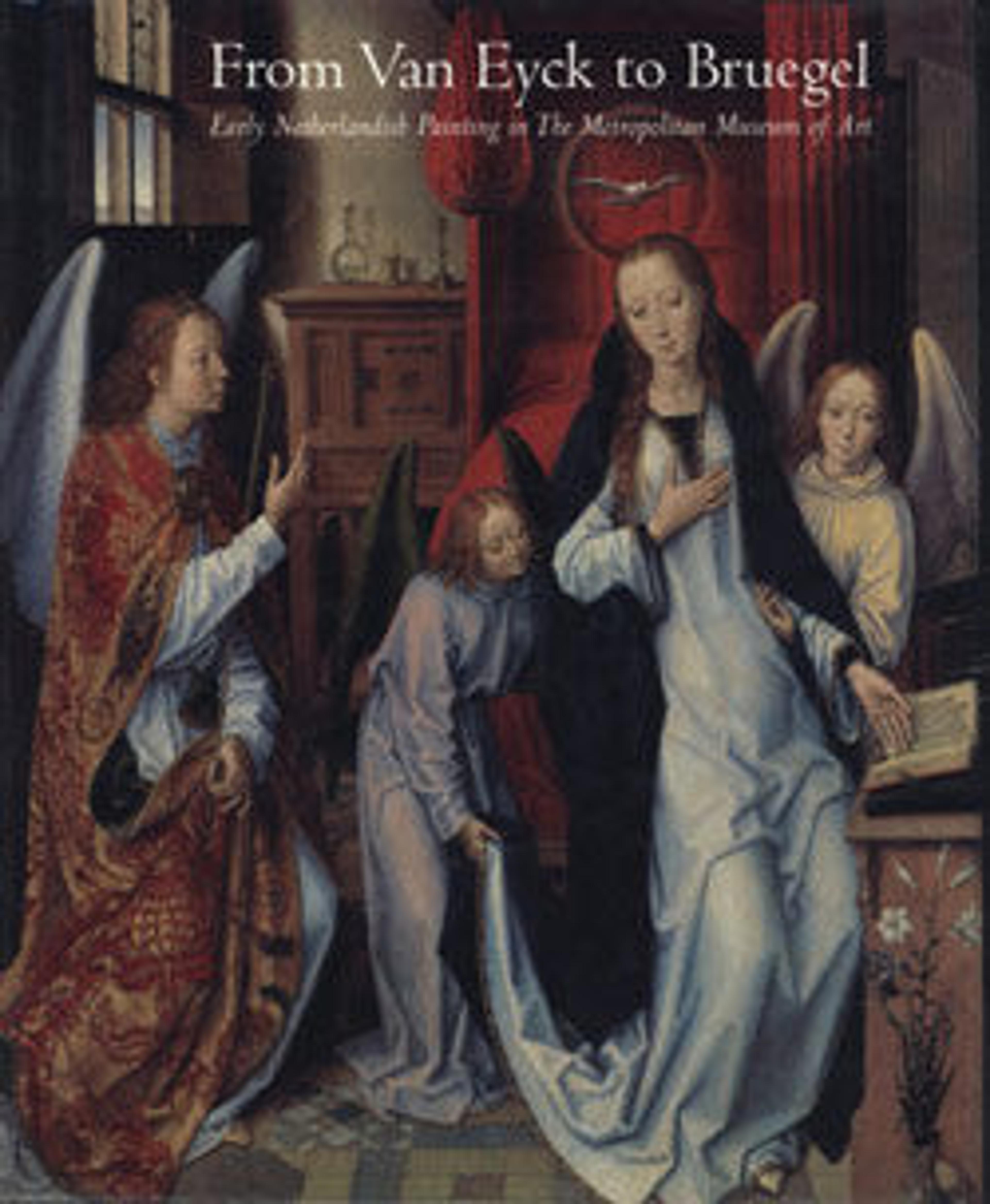The Holy Family
The popularity of Joos van Cleve's Holy Family compositions provided an impetus for the mass production of paintings on this theme; the present example is by an artist in Joos's workshop. He transferred the original design by pouncing, but was clearly less adept at handling and execution than the master.
Artwork Details
- Title: The Holy Family
- Artist: Workshop of Joos van Cleve (Netherlandish, Cleve ca. 1485–1540/41 Antwerp)
- Date: ca. 1525
- Medium: Oil on wood
- Dimensions: 20 3/8 x 14 5/8 in. (51.8 x 37.1 cm)
- Classification: Paintings
- Credit Line: Bequest of George Blumenthal, 1941
- Object Number: 41.190.19
- Curatorial Department: European Paintings
More Artwork
Research Resources
The Met provides unparalleled resources for research and welcomes an international community of students and scholars. The Met's Open Access API is where creators and researchers can connect to the The Met collection. Open Access data and public domain images are available for unrestricted commercial and noncommercial use without permission or fee.
To request images under copyright and other restrictions, please use this Image Request form.
Feedback
We continue to research and examine historical and cultural context for objects in The Met collection. If you have comments or questions about this object record, please contact us using the form below. The Museum looks forward to receiving your comments.
